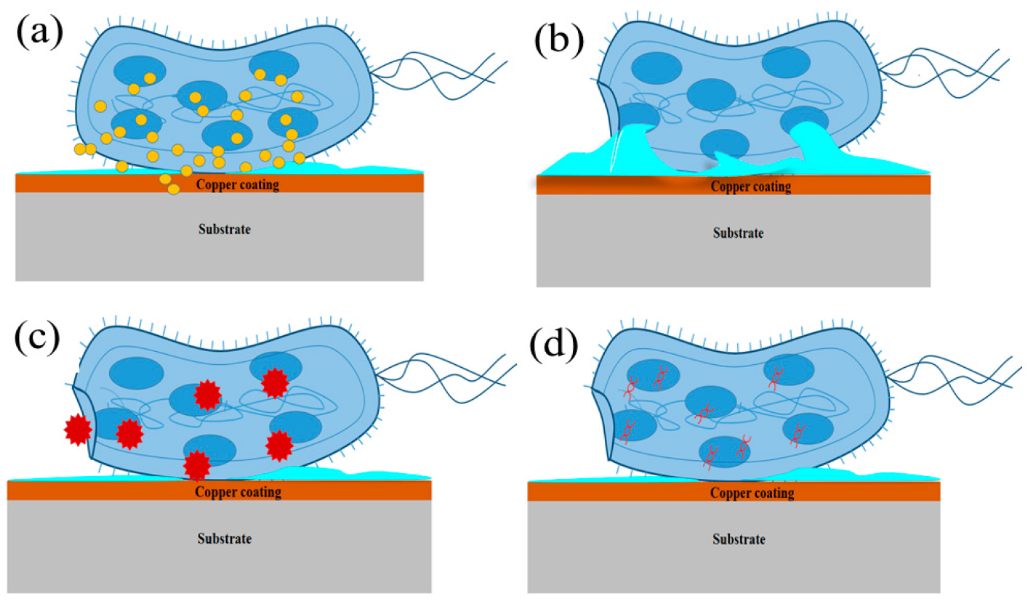The Power of Copper: An Ally in the Fight Against Resistant Bacteria
Scientists are continually seeking new weapons in the arms race against increasingly resistant bacteria. One of our oldest weapons, copper, may hold the key to curbing the rise of these superbugs.
Ancient civilizations, including the Egyptians and the Greeks, utilized copper for its hygienic benefits. Copper was widely used in medicine during the 19th and early 20th centuries until antibiotics became commercially available in the 1930s.1
Studies have provided compelling evidence supporting the efficiency of copper's antimicrobial characteristics. Copper surfaces exhibited significantly lower bacterial counts compared to non-copper surfaces, suggesting that incorporating copper into healthcare environments could help curb the spread of infections.1,2
What causes copper's antimicrobial effects?
One key factor is copper's ability to disrupt bacterial cell membranes. Additionally, copper ions can generate reactive oxygen species within bacterial cells, causing oxidative damage and impairing vital cellular functions. Copper ions can also damage bacterial proteins and DNA directly. These mechanisms make it difficult for bacteria to develop resistance to copper, making it a promising candidate for long-term antimicrobial use.2
While copper surfaces exhibit promising antimicrobial properties, there are several limitations to consider. Over time, oxidation can degrade copper surfaces, compromising their effectiveness. They are also susceptible to organic contamination and buildup, such as from oils and sweat accumulated from frequent skin contact. Maintenance practices, as well as environmental conditions like temperature and humidity, can further affect their performance. Additionally, the higher initial cost of copper surfaces compared to traditional materials may limit their widespread adoption.2
Solid copper may not be practical, but brass is an alloy made primarily of copper and zinc. Modern brass is usually 67% copper and 33% zinc.3 Likewise, bronze is also an alloy consisting of about 88% copper and 12% tin or other metals.4 These alternatives could go a long way towards preventing contamination and the transmittal of infectious diseases.
While copper surfaces alone may not provide a complete solution to the challenge of rising antimicrobial resistance, they show promise when used in conjunction with thorough cleaning and hygiene protocols in healthcare settings.
Meet the author

TECHNICAL SERVICES MICROBIOLOGIST I at HARDY DIAGNOSTICS
Colton Teegarden, B.S Biology
Colton graduated from Cal Poly San Luis Obispo with a Biology degree. He has diverse lab experience including oncology, COVID-19 PCR testing, histology, and blood banking. At Hardy Diagnostics, Colton excels in the Technical Services department, focusing on regulatory processes like 510(k) clearance and AOAC/MicroVal certifications. Outside work, he enjoys discovering new music, photography, gaming, and exploring local restaurants. Colton shares a home with his girlfriend and their cat, cherishing their time together.








